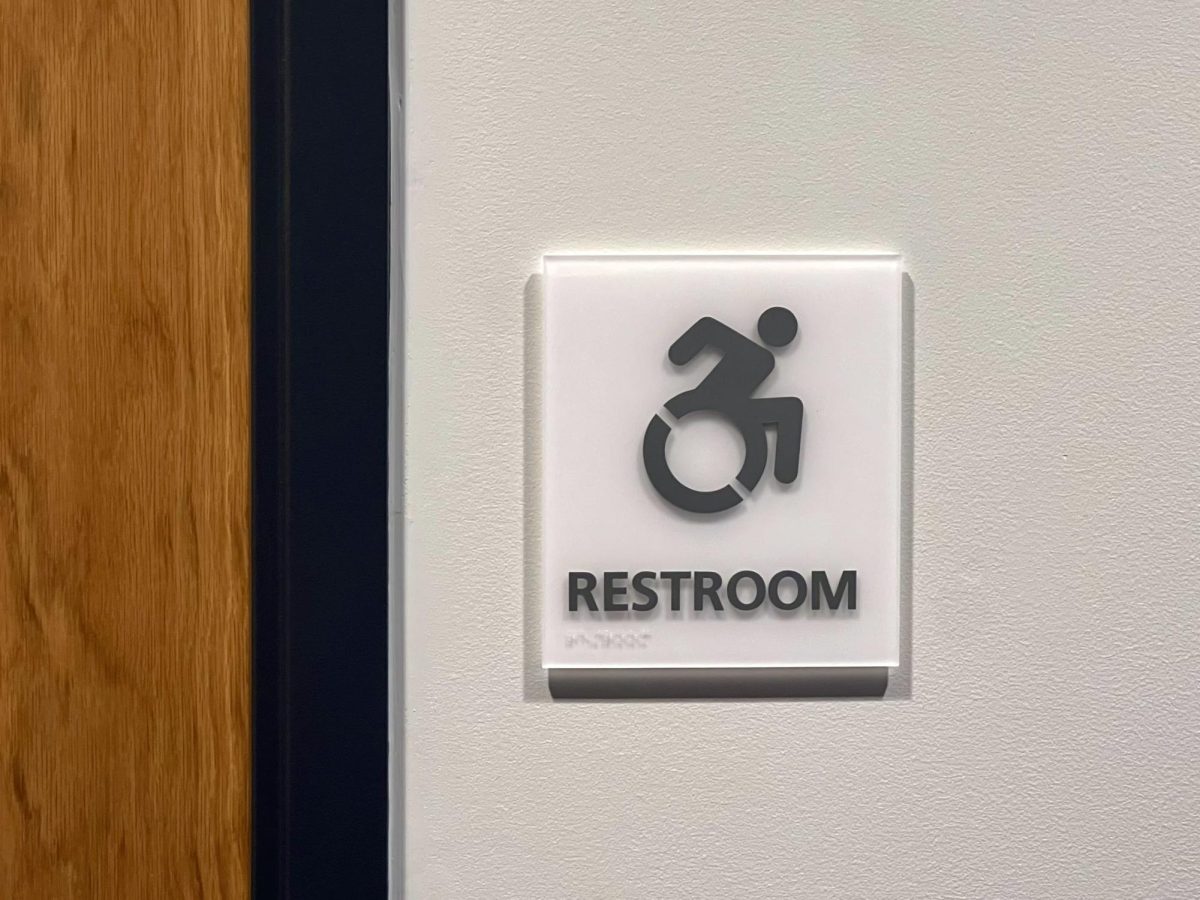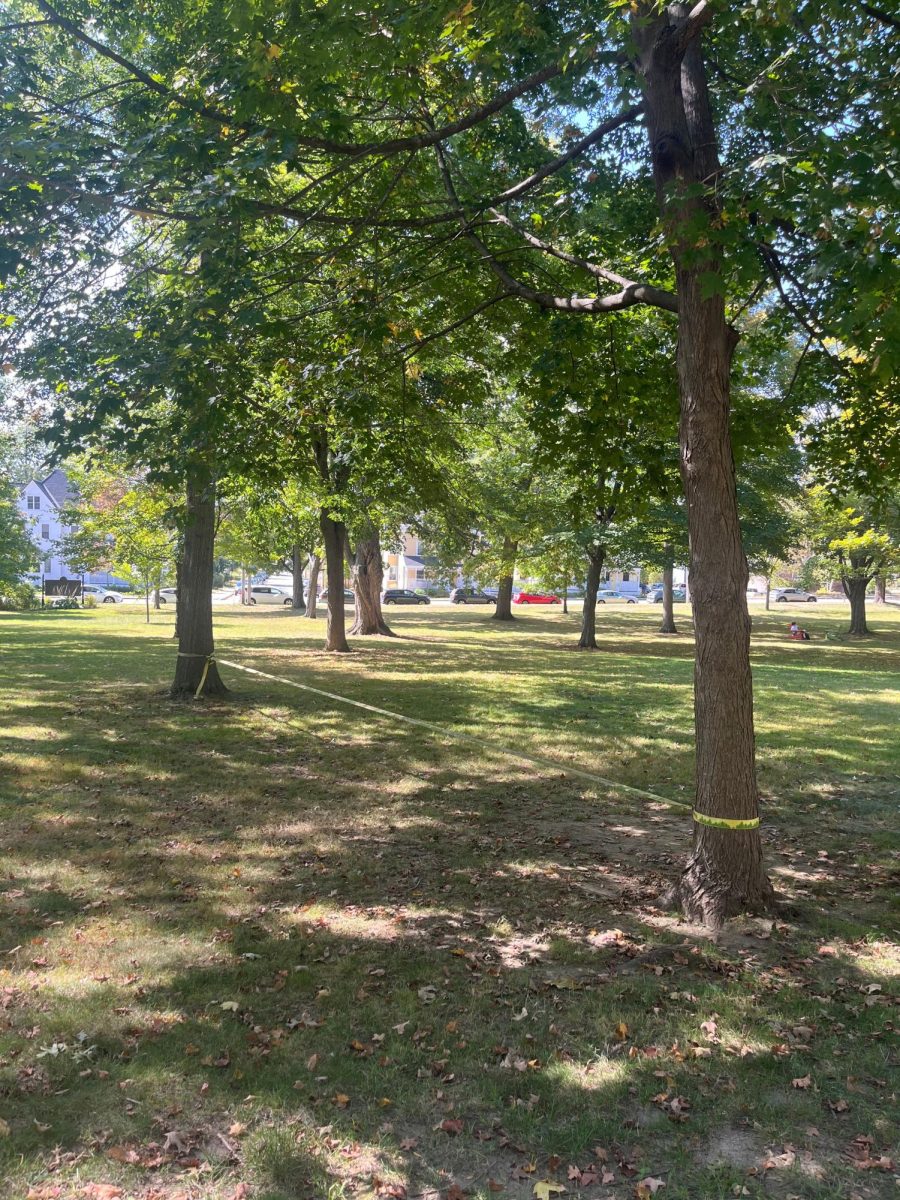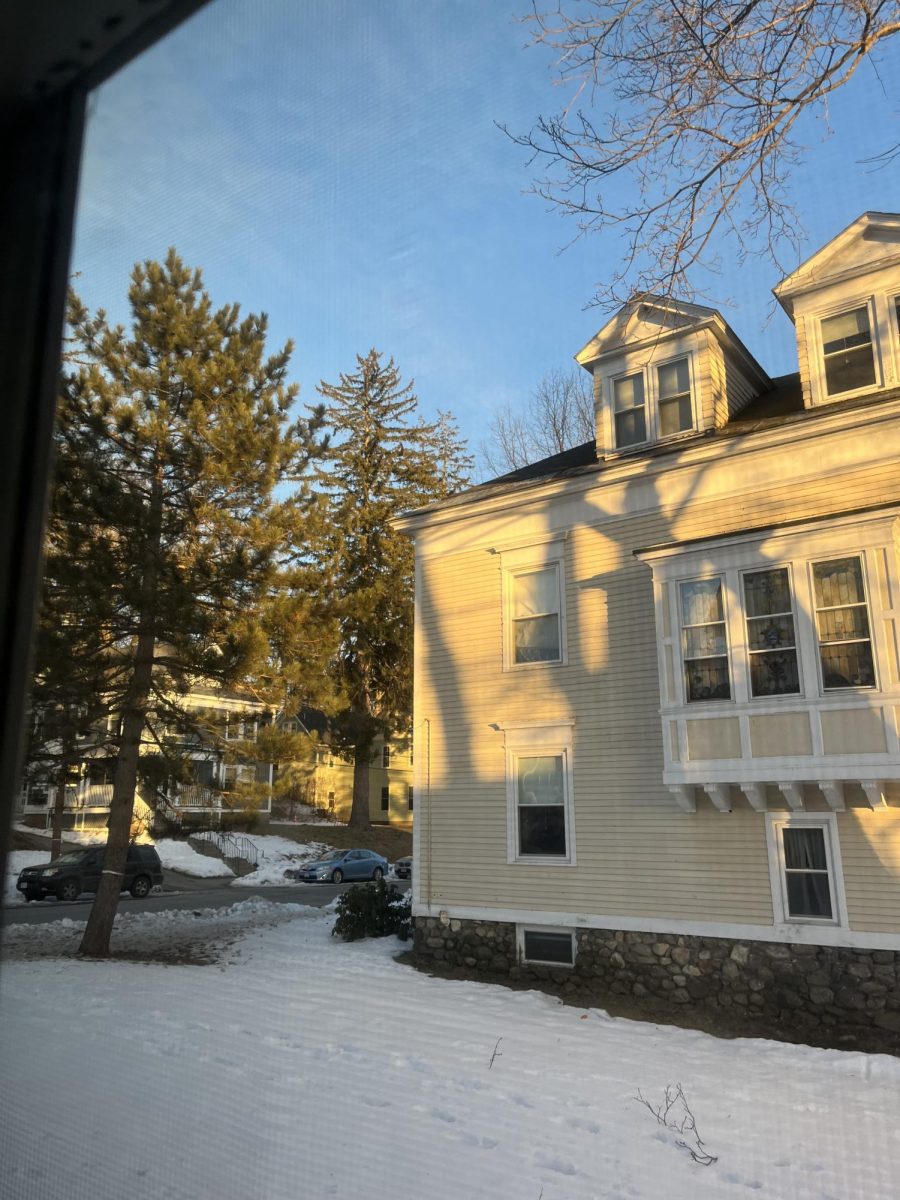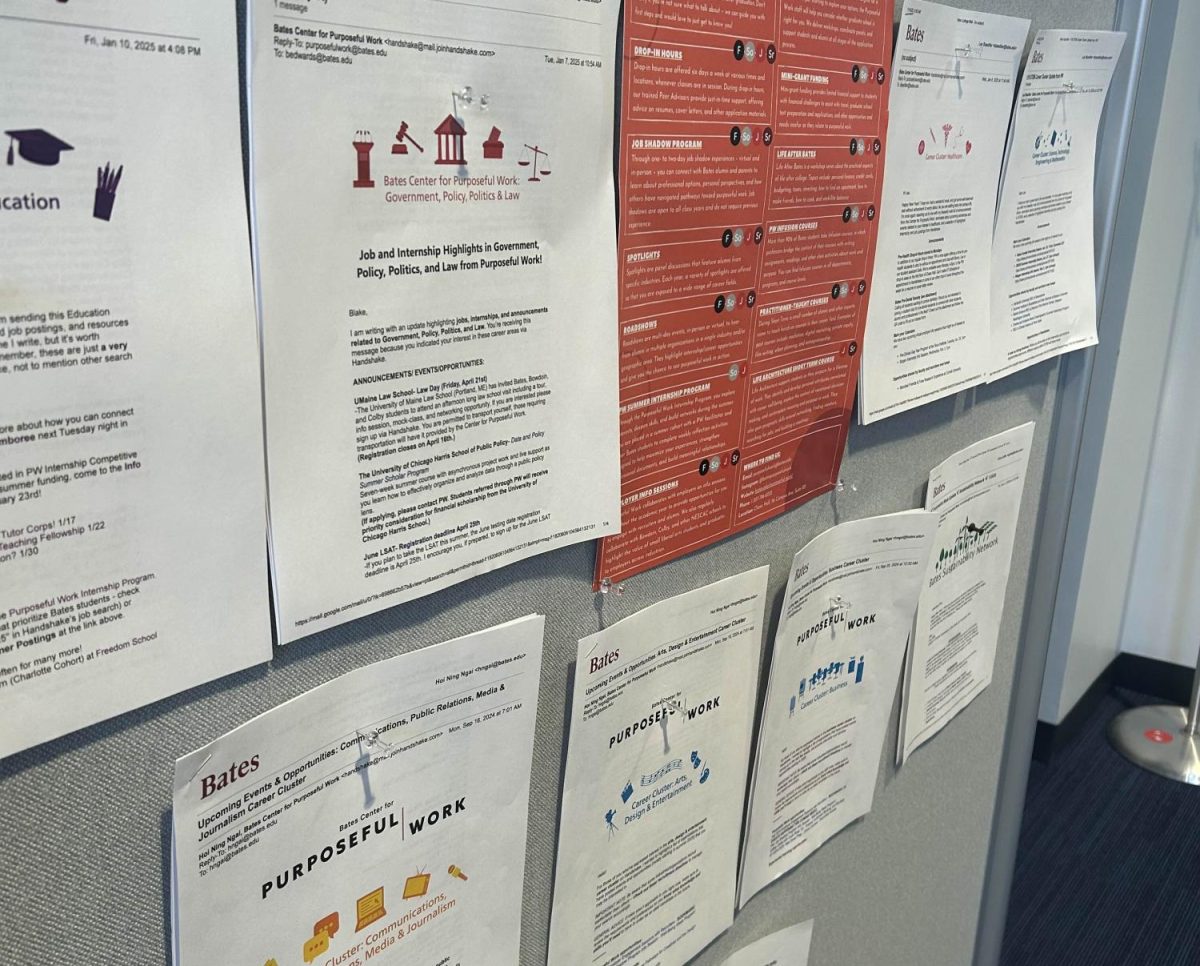What do you think of your dorm at Bates?
We asked that question of each other at last week’s meeting of The Bates Student. People had plenty to say about it—some people wished their dorms had air conditioning. Some wanted larger common areas or better-stocked kitchens. None of those complaints shocked me. I was, however, surprised and saddened to hear several negative comments on Bates’s all-gender restrooms.
I’ll be candid: I am not necessarily trying to change anybody’s opinion with this article. I simply want to encourage you to think critically about why all-gender restrooms exist. I believe that the majority of issues people have with them are rooted in ignorance rather than genuine concern. For example, the vocal complainers were students who lived on floors with all-gender restrooms. If they opted to use a single-gender restroom instead, they had to visit a different floor.
I promise you that these facilities do not exist to make you uncomfortable or to make you walk up an extra flight of stairs. They are not pointless. They are vital safe spaces for a variety of marginalized people on campus.
Bates’s own website puts it eloquently: “Historically, restrooms have been a place for harassment, discrimination and threats of injury and arrest towards transgender people. All-gender restrooms provide an opportunity for our community members to enter a room without being questioned or interrogated.”
There are many people that identify as neither male nor female. There are many people—cisgender and transgender alike—whose appearance is androgynous or ambiguous. There are many transgender people that identify as one gender but are frequently perceived as another. In short, gender is so much more than just a binary and bathrooms need to reflect that.
Of course, it’s one thing to identify a problem. It’s a whole other process to come up with a viable solution. Some of the dorms at Bates have single-stall bathrooms like the one you might find in a family house. They are both gender-inclusive as well as private. However, single-stall bathrooms only work when you have just a handful of people per floor. In larger dorms, it’s just not a feasible option. Instead, many colleges have begun creating, designating, and implementing all-gender restrooms.
The question at hand is how to accommodate LGBTQIA+ students. It’s an open-ended query. I know that all-gender restrooms are not the perfect answer, nor are they the only answer. I am certainly not advocating for every restroom at Bates to be all-gender. Some people are more comfortable in single-gender bathrooms, and I respect that. The key, in my opinion, is giving students the ability to choose. Choice is not always convenient for everyone, but it’s incredibly important.
Think of it like the gluten-free food in Commons. Maybe gluten-free brownies aren’t your thing, but Bates’s job as an inclusive institution is to provide those gluten-free options for people that need them. You wouldn’t complain about the vegan bar or the nut-free area, would you? They’re not hurting anyone; they are simply giving choice and agency to students that need it. The same goes for all-gender restrooms.
I stated earlier that restrooms need to reflect contemporary gender diversity, but I did not go in-depth as to why I believe that. In 2020, the National Library of Medicine surveyed a group of transgender students. Over half of them reported that they had been “prevented or discouraged from using a bathroom that corresponds to their gender identity.” And among those that reported bathroom discrimination, “85% reported depressive mood and 60% seriously considered suicide.”
This is not merely an issue of who is able to wash their hands where. Creating a safe and welcoming environment for LGBTQ+ students literally saves lives. Yes, there are plenty of valid bones to pick with all-gender restrooms, just like there are plenty of flaws with single-gender restrooms. But it saddens me that people view them as a mere “inconvenience.








